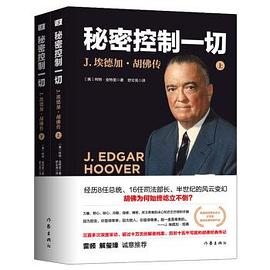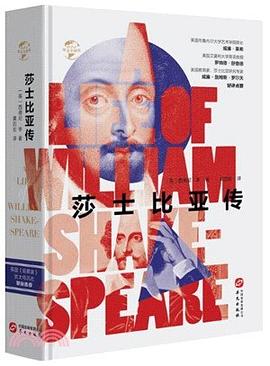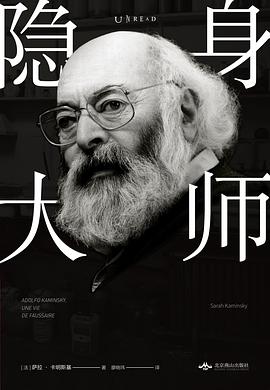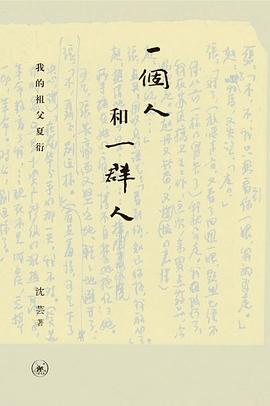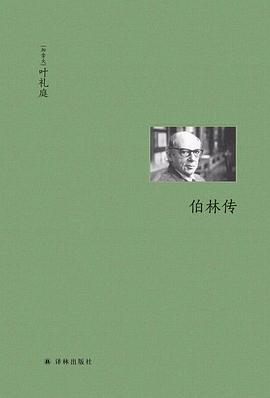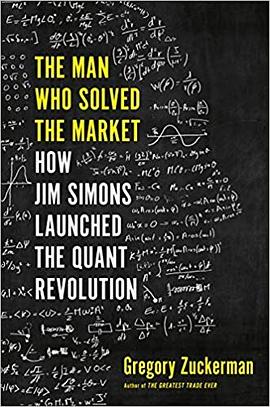

具体描述
Gregory Zuckerman is the author of The Greatest Trade Ever and The Frackers, and is a Special Writer at the Wall Street Journal. At the Journal, Zuckerman writes about financial firms, personalities and trades, as well as hedge funds and other investing and business topics. He's a three-time winner of the Gerald Loeb award, the highest honor in business journalism. Zuckerman also appears regularly on CNBC, Fox Business and other networks and radio stations around the globe.
Bestselling author and veteran Wall Street Journal reporter Gregory Zuckerman answers the question investors have been asking for decades: How did Jim Simons do it?
Jim Simons is the greatest money maker in modern financial history. His track record bests those of legendary investors including Warren Buffett, Peter Lynch, Ray Dalio, and George Soros. Yet Simons and his strategies are shrouded in mystery. Wall Street insiders have long craved a view into Simons's singular mind, as well as the definitive account of how his secretive hedge fund, Renaissance Technologies, came to dominate financial markets. Bestselling author and Wall Street Journal reporter Gregory Zuckerman delivers the goods.
After a legendary career as a mathematician at MIT and Harvard, and a stint breaking Soviet code for the U.S. government, Simons set out to conquer financial markets with a radical approach. He hired mathematicians, physicists, and computer scientists, most of whom knew little about finance. Experts scoffed as Simons built Renaissance Technologies from a dreary Long Island strip mall. He amassed piles of data and developed algorithms to hunt for deeply hidden patterns in the numbers--patterns that reveal rules governing all markets.
Simons and his colleagues became some of the richest individuals in the world and their data-driven approach launched a quantitative revolution on Wall Street. They also anticipated dramatic shifts in society. Eventually, governments, sports teams, hospitals, and businesses in almost every industry embraced Simons's methods.
Simons and his team used their newfound wealth to upend society. Simons has become a major influence in scientific research, education, and politics, while senior executive Robert Mercer is more responsible than anyone else for Donald Trump's victorious presidential campaign. The Renaissance team's models didn't prepare executives for the ensuing backlash.
The Man Who Solved the Market is the dramatic story of how Jim Simons and a group of unlikely mathematicians remade Wall Street and transformed the world.
用户评价
##刚出版的新书《解决市场的人:西蒙斯如何开创了量化革命》,不管是做基本面还是做量化投资的金融市场专业人员都可以看看。文艺复兴公司的大奖章基金长期年化收益率66%真是神奇的事。里面描绘他早期做的很多期货投机,后来的量化,多次巨额亏损接近清盘,合伙人分道扬镳等等。可惜书里没有说到文艺复兴的老板捐款上亿美元给川普竞选总统成功的事。
评分 评分##首发于公众号:轻策书房 当我最初知道沃伦•巴菲特和其代表的所谓“价值投资”的时候,“价值投资”这一理念让我对股市的认识有了颠覆性的变化: 之前,股市和金融市场于我不过是一个“大赌场”,所有的玩家不过都是完完全全的零和博弈者(或者说投机者也不为过),区别只在...
评分 评分 评分 评分相关图书
本站所有内容均为互联网搜索引擎提供的公开搜索信息,本站不存储任何数据与内容,任何内容与数据均与本站无关,如有需要请联系相关搜索引擎包括但不限于百度,google,bing,sogou 等
© 2025 book.cndgn.com All Rights Reserved. 新城书站 版权所有

